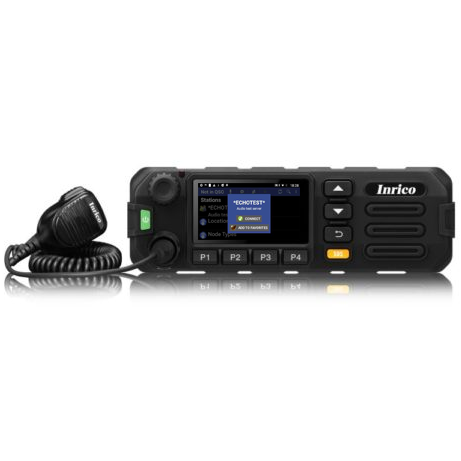
in the picture – Inrico TM-8
A Pioneering Background
I was musing recently on the wonderful history of Amateur Radio, from the early pioneers with spark transmitters and the race to get the first signals across the Atlantic, up to the Microwave enthusiasts who developed the way forward for space communications and satellite technology (and, whisper this, mobile phone technology!)
The history of Ham Radio and RF technology is inextricably linked – there was even a time here in the UK where it was believed, anecdotally, that a Ham Radio callsign would help you to get a job with the BBC!
However change came very quickly, relatively speaking, in the early history of radio. From Marconi’s experiments to the first Public Broadcast Stations was only 25 or so years. TV was only another 15 years or so behind that, and so on…
Resistance (or not feeling at “Ohm”)
Yet the history of Ham Radio is also one of resistance to change – not from the pioneers, they were often instigators of it, but from the “everyday” Hams.
Let me see if I can give you some examples, with my tongue planted very firmly in my cheek…
“That’s not Real Ham Radio!”
The early Hams used CW pretty much exclusively. So when AM arrived as one of the first of the voice modes, there was a bit of an uproar…“It’s not real Ham Radio! Real Ham Radio involves using a Morse Key! What in world is the hobby coming to, using voice to communicate over the airwaves? It’s sacrilege!”
But life went on, AM found acceptance and all was well in Hamland once again.
Then transistor technology arrived in the late 1940s and early 1950s, provoking quite a response. “Hang on! That’s not real Ham Radio. Real Ham Radios glow in the dark – we can’t be having this miniature technology – they’ll never last as long as valves or be as reliable”
But life went on, solid state devices found acceptance and all was well in Hamland once again.
Then SSB arrived and there was more discontent… “That’s not real Ham Radio. Real Ham Radios don’t sound like Donald Duck! It’s a fad, it will soon fall away once people get fed up of hearing those silly voices”
But life went on, SSB found acceptance and all was well in Hamland once again.
Then FM and repeaters arrived and there was polarisation within the hobby (and it wasn’t horizontal or vertical either!) “That’s not real Ham Radio. Real Ham Radio doesn’t need to use that thing on top of the hill to help your signal get somewhere! Real Ham Radio is point to point!”
But life went on, FM & repeaters found acceptance and all was well in Hamland once again.
Then Packet Radio arrived and there was real trouble… “That’s not real Ham Radio. Real Ham Radio doesn’t need one of those new-fangled computer thingies in order to work. Get your key or your mic out and start working other Hams properly!”
But life went on, Packet Radio found acceptance and all was well in Hamland once again.
Then Digimodes arrived and there was yet more strife… “That’s not real Ham Radio. Real Ham Radio doesn’t involve typing messages to other Hams – and those perishing computers again! What on Earth are they doing in the hobby?”
But life went on, Digimodes found acceptance and all was well in Hamland once again.
Then Digital Voice modes arrived and there were some very serious disagreements… “That’s not real Ham Radio. Real Ham Radios don’t sound like R2D2! Real radios don’t use the Internet to help them get round the world, they ABSOLUTELY HAVE to use atmospheric propagation. What is happening to this hobby???”
But life went on, D-STAR and other Digital Voice modes found acceptance and all was well in Hamland once again.
Then we arrive at today and Network Radios come onto the scene and all hell breaks loose! “That’s not real Ham Radio. This is playing at Ham Radio – there’s no Amateur RF so it is simply not Ham Radio. What is more, I worked hard for my license, everyone else should have to too! How dare people enjoy communications in an incorrect manner!”
So will life go on and will all ever be well in Hamland again?
The 21st Century Challenge
This is why the advent of Network Radios represents such a challenge to us as Hams – it is causing us to completely rethink what it means to be a Radio Amateur in 2018 and beyond.
And we will have to start facing up to questions similar to these…
- What exactly defines a Radio Amateur?
- What do we mean by “Amateur RF”?
- Is it RF generated by someone who is an Amateur?
- Or is it RF generated on a particular band allocated to us by the government?
- If so, does it absolutely HAVE to be that?
- Can it be nothing else?
- Does any of this really matter?
What about our bands?
As Hams we are very “attached” to our bands. Whether it be 160m or 2m, we almost have a psychological sense of “ownership” of them.
We have “favourite” bands, we have bands we never frequent.
We even have “our” spot frequencies and some Hams will get somewhat “assertive” if a fellow amateur who is not in their “group” dares to use “their” frequency!
And yet in the 21st Century, I believe that the whole concept of bands & frequencies is becoming ever more fluid. Why would this be?
An example from Broadcast Radio
Not that long ago, we could tune into broadcast stations on Long Wave (LF), Medium Wave (MF), Short Wave (HF) and FM (VHF Band II). Stations frequently referred to themselves by frequency: “247 metres Radio 1” or “1152 AM” for example. It was seen part of the station’s identity – many had the frequency in their station names!
But today, we increasingly hear less of this. When you listen to broadcast stations these days, they seem to be eschewing giving out frequencies, instead they just announce that they are on “FM, DAB and Digital” or something similar to that.
Why? Because radio is something you probably increasingly consume in one of two ways – either digitally (via DAB or Satellite or similar means) or by streaming via the Internet. Frequencies and by extension, bands, are not as relevant as they once were.
Moving Out!
The large broadcasters are also increasingly moving away from “traditional” radio.
On Short Wave – only a few countries & various religious groups seem to operate there now. The big guys are moving out of Long and Medium Wave too. If commercial broadcasters are moving away, we need to ask why.
Do Bands matter?
I have a suspicion that this is, in part at least, because bands and frequencies don’t matter so much these days. Domestic radio appliances are more about push buttons and screens that get you to your station instantly, rather than tuning dials with frequencies. It’s the end product that is important, not necessarily the manner in which it gets to you.
Who tunes a modern broadcast radio in these days with a manual tuning dial? Anyone? It was the main knob on all radios not that many years ago! I can even remember tuning old VHF TV in with a dial in my early days on this planet – that really seems odd now!
Going one step further, many broadcast stations are not even using direct RF at all these days! We still refer to them as “radio stations” (or occasionally “Internet radio stations”)
Is there any reason to think Ham Radio as a hobby will not invariably move in a similar kind of direction? One of our strengths historically as Hams has been that we are good at embracing new technologies and adapting them for our own uses.
The point I am leading up to is this – I suspect “bands” and “frequencies” are not really as big an issue in the digital age as we might like them to be.
In essence, bands only exist because of propagation.
Propagation again
160, 40m, 20m,10m, 2m etc. are all, in reality, “line-of-sight” bands. To over-simplify the subject, it is the ionospheric or tropospheric layers that enhance this line-of-sight propagation and turn it into something else.
Each band has differing propagation qualities as a result, giving each band its “character” and for some, the study of propagation in itself is a fascinating part of the hobby.
Man-made propagation is just different
When we think of (and use) the Internet as a man-made propagating medium (which is what it is – it propagates signals around the world) then the concept of bands becomes redundant.
The Internet is like one, almost infinitely wide, worldwide “band”, constantly open S9+40 to all countries 24/7 with few vagaries – and not just for voice, but for vision and other digital modes as well.
Put like that, who wouldn’t want to use it? Would it actually matter what “band” you were (or were not) on, if there even were one?
So the concept of “bands”, by which so many of us define our activities, may be crumbling in front of us in this digital age and we may not even realise it yet! That is not to say our bands don’t still exist, by the way – clearly they do. It is just that, to many people these days, bands are a foreign concept.
And then what?
As the hobby starts to come to terms with some of the implications of this, other issues then start to arise, such as…
- Do we need an exam any more to get a licence?
- Do we even need a licence?
- What form or forms should it take, if so?
- Might we see an influx of new people coming into the hobby because the entry to it is more straightforward?
- How would we cope with that?
- Do we even want new people coming in, especially if their views differ from ours?
- What will the hobby even look like in 20 years time?
- What happens to our “traditional” bands?
I expect to see a lot of discussion in the future about this – it’s actually quite exciting!
Out of the Comfort Zone…
However it will make many of us feel extremely uncomfortable – the ground is shifting beneath our feet and the traditional raison d’être of Ham Radio is waiting to be challenged to change and adapt…
I don’t see this as a bad thing – intelligent honest debate is to be welcomed. The most important thing is to keep our minds and our thinking wide open. We shouldn’t reject something just because it is new or because it challenges our preconceived ideas of where radio is going in general.
Equally, we shouldn’t throw the baby out with the bathwater and reject traditional Ham Radio as it has been for years. The Ionosphere and the Internet are complementary, not in competition.
My own opinion?
If you have read this far and you really want my personal thoughts…
Why can we not have the best of both worlds? Surely we can.
Network radios (at this stage in their development at least) are not contest radios for example, and the Internet is not yet a contest-friendly mode of propagation. (That might change of course!) so contesting is still best on the traditional Ham bands. I’ll see you on 80 metres – 59 001 OM…
However, regular reliable high-quality contacts around the world are but one thing Network Radios excel at, so why not just use that when you want to (or when the HF bands are full of noise or are otherwise dead)? I do! I don’t see the expansion of choice in the hobby as a bad thing.
Enjoyment is the key
Does the fact that I am transmitting on cellular frequencies at 800MHz, 900MHz, 1800MHz, 2100MHz or on Wi-Fi on 2.4GHz or 5GHz matter? Is there something intrinsically evil about that? Is there more virtue in using 21 MHz or 432MHz, for example? They are just “frequencies” after all.
I prefer to see myself following the motto of my local radio club, “Having fun with RF”. Whether I choose to use a Network Radio or a Yaecomwood super-duper base station is not as relevant to me. Enjoyment of the hobby is everything, otherwise why have a hobby?
Whichever way this debate goes and whichever direction this great hobby takes, my line would be to keep all the richness of every aspect of the hobby.
In other words, to go back to the title of this piece and change but one word, “It’s ALL ‘real’ Ham Radio”
© March 2018 – Chris Rolinson G7DDN
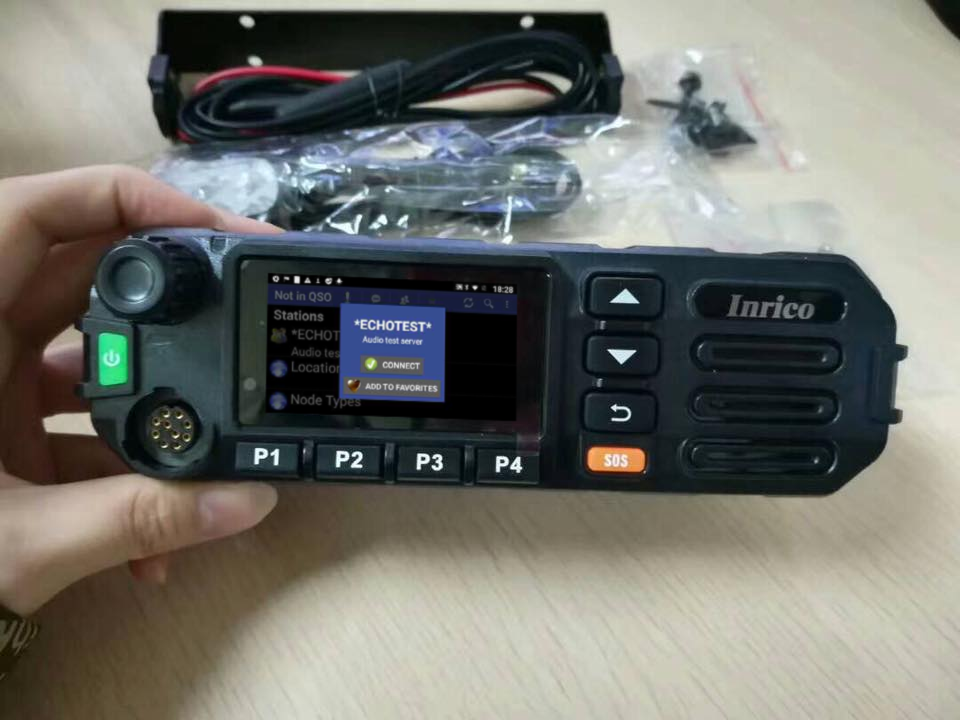

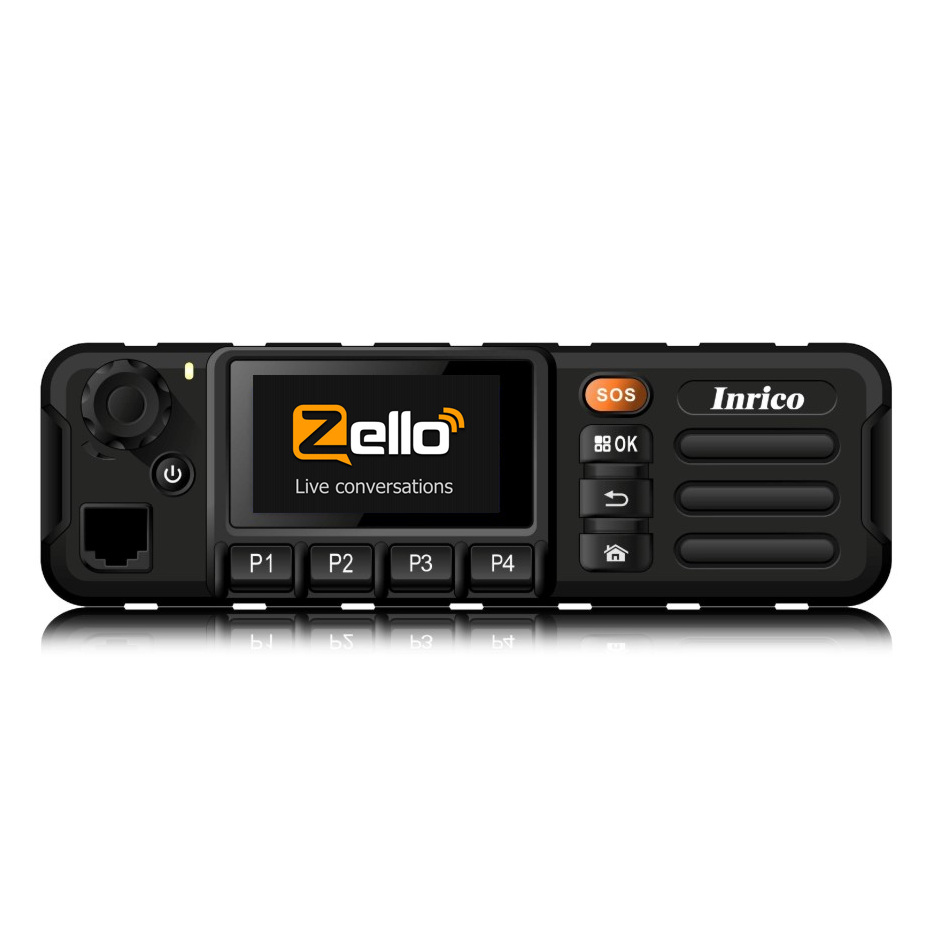








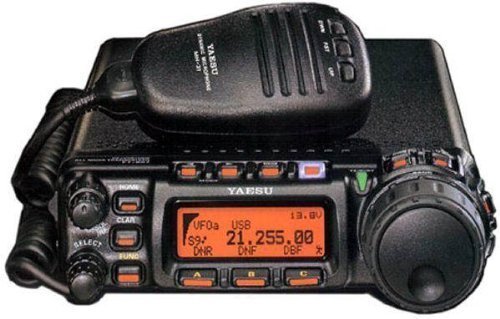

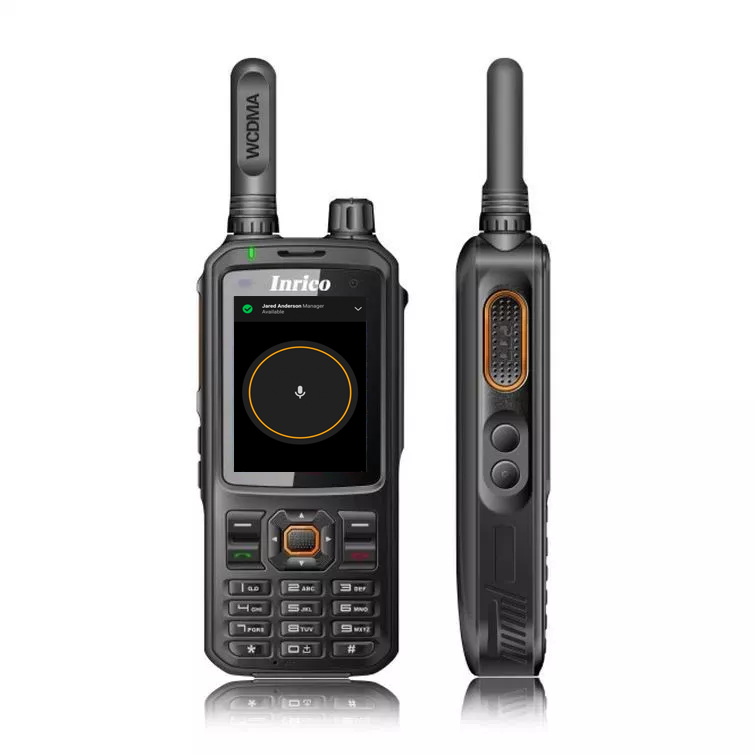
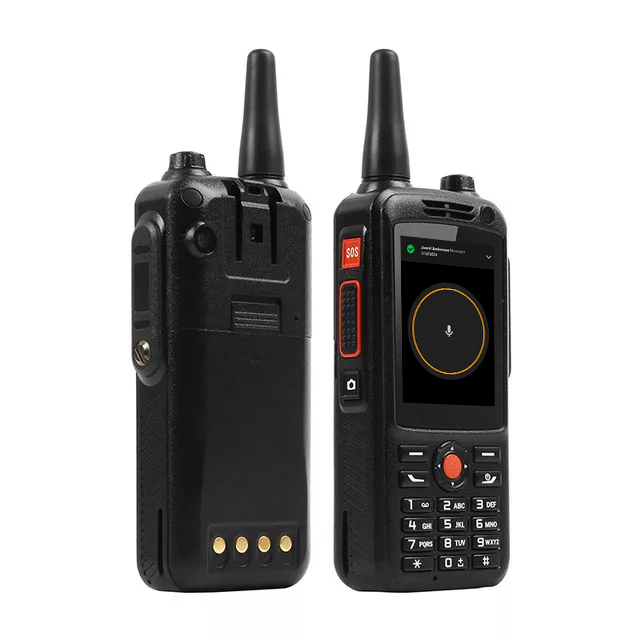

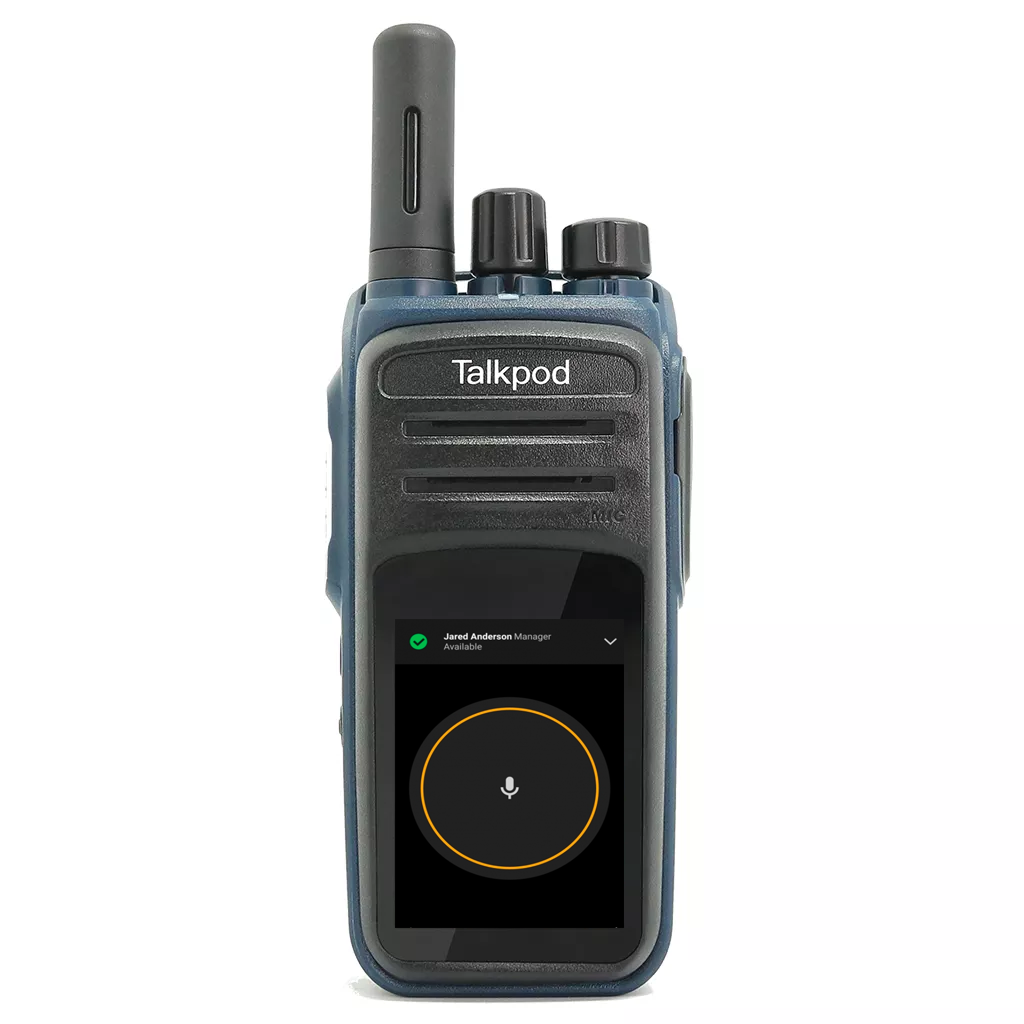
 Official RFinder shop
Official RFinder shop Official Inrico shop
Official Inrico shop Worldwide fast deliveries
Worldwide fast deliveries
good article, we need to move forward, digital-internet and whatever is next, if not Ham radio will die.
Just like AM/FM radio, B/W and analog TV, analog 2way business radio will die soon.
Not many young boys and girls are interested on the hobby, their smartphones allows them to communicate with the world. I have 3 grandkids, none are interested, I gave them HT’s and they play with them but that’s it.
Good interesting article chris , very enjoyable read , and its true what Carlos committed on , kids are not interested in radio , they have there mobiles and social media these days , Ham radio has to move with the times and the social aspects of the hobby .or we will be apart of the cobwebs .
Network radio and all star repeaters are the way forward , maybe if the quiet repeaters updated there equipment to internet linking then radio (RF) might have a future instead of just shutting them down , give the Hams a opening to talk to the world , Ok internet radio isn’t RF but embrace it , The IRN is taking off and more join every day from all over the world .Kids these days want clear audio like they are on there phones and internet digital radio is that so maybe if we embrace this it will keep ham radio alive .
Yes vitual radio is NOT real radio, but imagine you have S9 of QRM, no place or autorisation for antenna, so why not go to virtual radio via internet ? I have only a call for VHF and 10 watts, on vitual radio i can use HF amateur radio bands ( the propagation is realistic on hamSphere 4.0 ) Maybe you can try this program and after write an article ? Thank you. 73 from Frank FØDUW Paris france
The true radioamateur (high) works:
Day tripper (/P) with the homebrew QRP CW rig , see W7ZOI/7 side.
Good Luck.
Interesting thoughts. Because I have regular skeds on Echolink each week I get ‘stick’ from people at my club. However I point out that one friend with whom I have had a sked for over twenty years has moved about 100 miles from where I live. 40 metres doesn’t work at the moment over that distance and it is not possible using normal FM repeaters so we resort to using Echolink.
My other regular weekly sked is with a friend in California who no longer has any HF equipment. The only way to chat and keep up to date with family news is to use Echolink and I have even used my Samsung Galaxy to speak to him on Echolink.
It is a choice of communicating or not communicating.
But before you reach for the sal volatile I do HF QRP portable. I must be one of the good guys then.
So Chris, what is the summary? Obviously all the new technologies made their way, despite initial resistance. If the young folks want to join, they are very welcome. If they don’t like what they find, they can do their own new thing. If they don’t like it at all they can stay with their smartphones. I like to see new people in the hobby, but I can also do without them. I know what I like and I frequently find new interesting things, with or without the newcomers.
But please, as soon as RF waves get radiated into the air outside the public bands, a personal license is inevitable.
Hamsphere is a useful training area where there is no need for aerials (which some of us can’t erect) and no interference issues.
The fact that it mimics propagation conditions is also useful for learning about which band and mode to use.
However pure network radios are just mobile phones in a box that looks like a radio.
The comparison with DAB is spurious. Broadcasters provide a service that needs to operate reliably and efficiently. It’s appropriate that they use any technology, such as the internet, to operate their businesses.
We are radio amateurs. We are not communication amateurs. If we want just to talk to others, that’s fine. We can use any internet or cellular device to do this.
We are licensed to experiment and self-train. We also have a role in such things as providing emergency comms precisely when resources such as the internet and phone systems have failed. We see this regularly when natural disasters occur.
Relying purely on modern network comms means that we will lose the skills that we should have rather than enhancing them.
The most sensible article I’ve read in a while. Not that I agree with all but it certainly opens up the conversation and gives an insight into the future. As always it’s each to his own and good luck with whatever is yours.
There is nothing stopping anyone from using any of the many VoIP applications and services for various group chats… enjoy them… but don’t confuse ANY of that with actual RADIO.
It’s a bit premature to suggest actual RADIO will disappear. Not everywhere has superb metro cellular (radio) or Internet saturation.
When various areas experience serious disaster-induced outages in the infrastructure necessary for VoIP applications to work… good luck.
I fully agree with Chris’s assessment of the “progress”, or otherwise of Ham Radio and must confess to openly espousing such thoughts at the time of those new fangled methodologies were introduced. Mea Culpa.
Thanks to all of you for taking the time to comment so far – I appreciate it takes time for people to think of what to write and not all of us find words easy to come by! Especially me!
I very much appreciate all comments, positive and not so positive! However this article is about stirring YOU up to think through the issues, not about me giving solutions. I have thought them through for me and I am happy with the conclusions I have reached. So far at least! I will always reserve the right to change my mind as new technology comes along! 🙂
I am not going to reply to all individually as this would take too much time, but I do intend to use a lot of what you have brought up within future articles, so please, watch this space! And thanks for the ideas!
May I make a couple of observations though?
I don’t think I suggested that radio as we have known it is “disappearing”, as one person suggested. However progress is progress and we don’t always know where technology will take us. Radio will change however, that we can be certain of.
I personally struggled for a few months before I began to get my head around this whole subject and I am still in the process of formulating my opinions. I was with the commentator who said that “network radios are just mobile phones in a box that looks like a radio”. No-one can even try to deny that that is correct.
(Mind you, one member in our club has already used that to his advantage by coupling a Network Radio HT to his HF radio using Remote Rig and now operates his HF radio totally from his Network Radio and it’s PTT button, wherever he is! That will be fun when he’s on the next flight to New York!)
I would go further though, as it is very easy to use the term “mobile phone” about such devices in a derogatory fashion – that is just a populist label for what is actually an incredibly powerful pocket touchscreen computer with SDR microwave transceivers & GPS & Bluetooth all built in. The term “mobile phone” really does not do it justice!
There is RF involved here too, even if it is not in a certain “band” that one may be individually licensed for. (On another tack, someone, somewhere, of course must be licensed for these devices to transmit, as a licence is necessary for that.)
What concerns me the most in the above comments though, that is one commentator refers to having had “stick” for using Echolink! This is sad indictment of some folk in our hobby.
How someone chooses to pursue they hobby is surely their business? For my part, I like and have tried many aspects fo the hobby, QRP CW, construction, PSK31, SSB Contesting (I have even won the occasional one!) VHF/UHF DXing. But there’s loads in my license I have never touched! Amateur TV, most other data modes, SOTA, Satellites, Moonbounce, just for starters. I would not think of giving someone “stick” for the way they choose to pursue the hobby.
In some respects the breadth of this hobby is one of its drawbacks. We tend to get blinkered by our own corner of it and it is then difficult to see other perspectives.
If nothing else I hope this article has made you think more about what radio is about in the 21st Century. The genie is out of the bottle though, and I don’t think anyone has yet succeeded in putting it back in, in whatever area of life the genie has escaped into!
Anyway, I could spend all day here if I didn’t have a job, so thanks again for all the thoughts and expect to see some of them addressed over the next few weeks and months.
73 and keep them coming!
Chris G7DDN